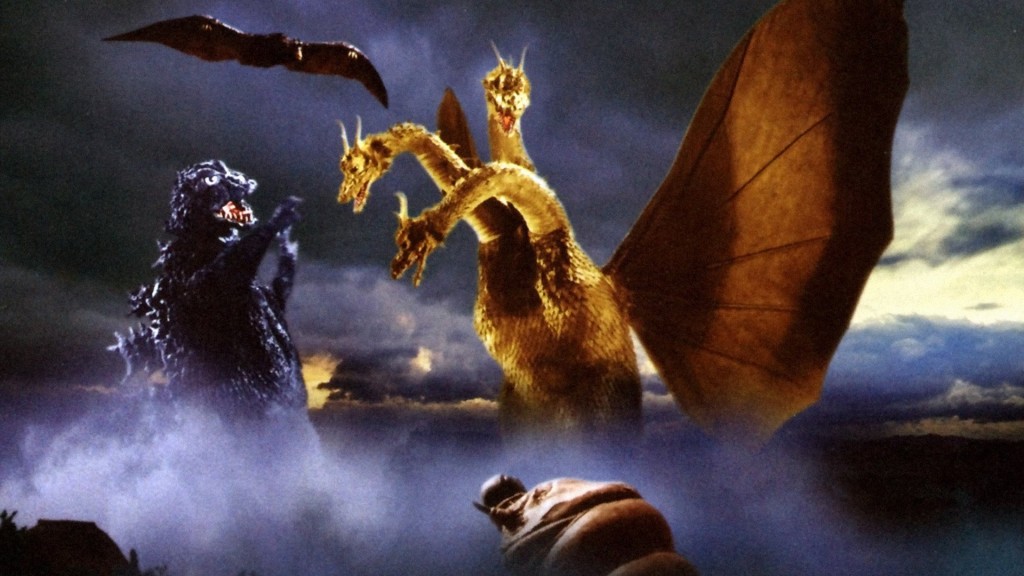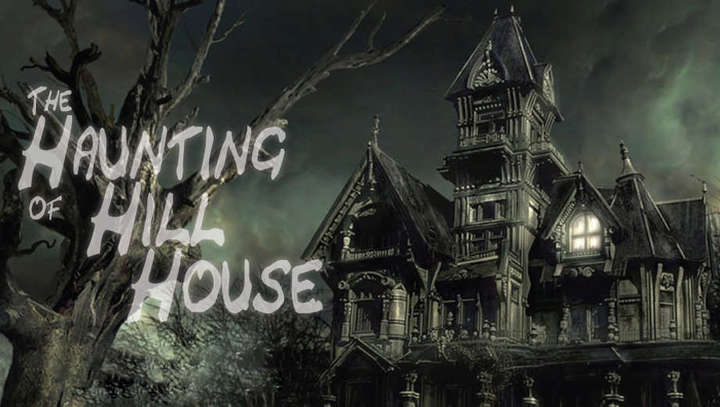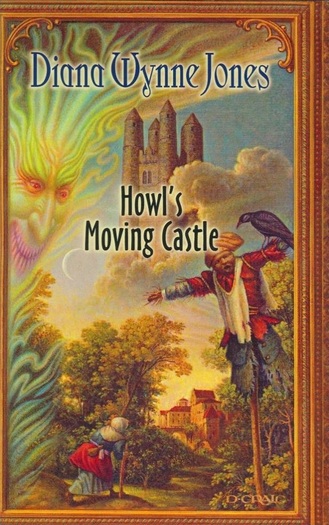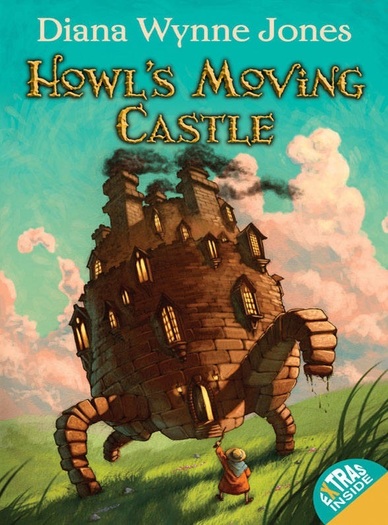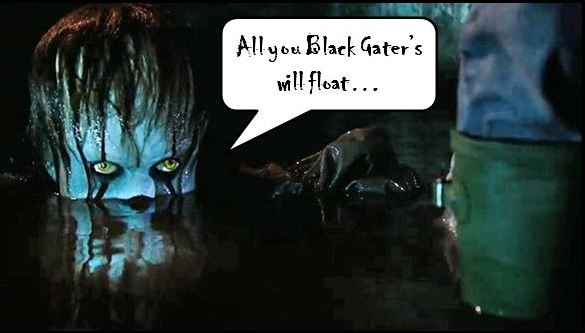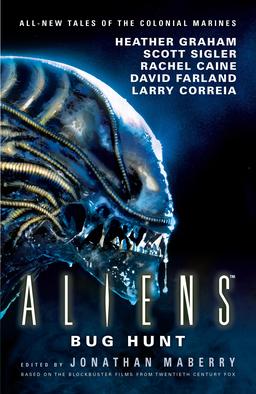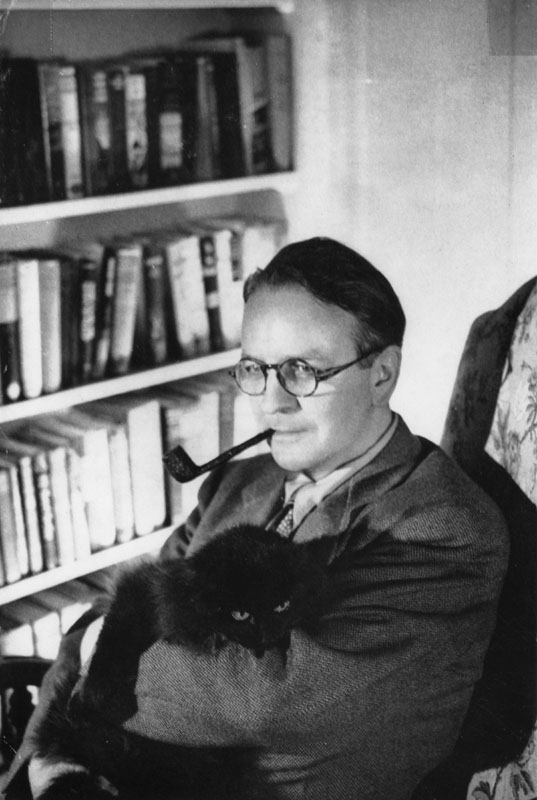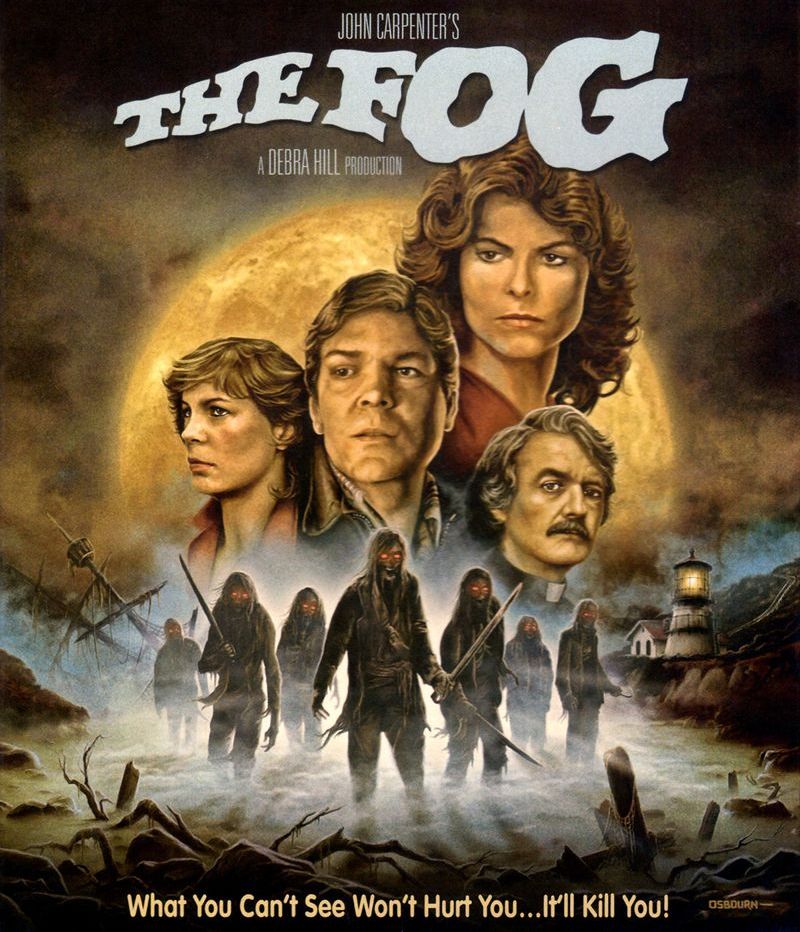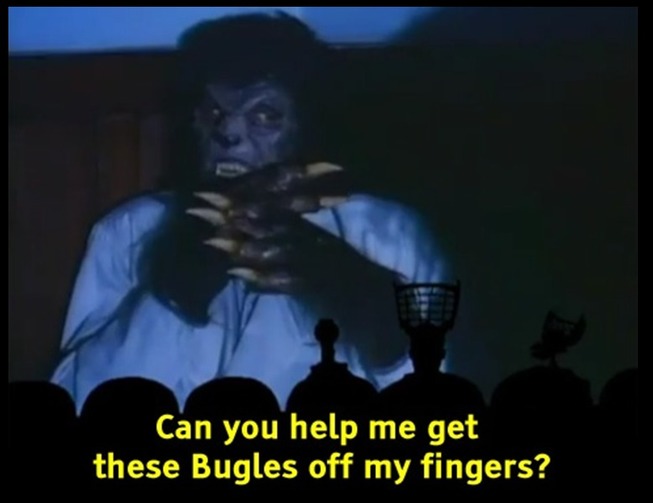Ghidorah, The Three-Headed Monster: The Godzilla Movie to Rise Again in 2019
It’s been a month since Kong: Skull Island came out and grossed over half a billion dollars globally, so I feel safe in 1) discussing the post-credits stinger without a spoiler freak-out, and 2) predicting we’ll indeed see Legendary Picture’s planned Godzilla vs. King Kong film in a few years. Warner Bros. isn’t leaving franchise money on the table, especially with their DC pictures in a shaky place.
But the movie arriving before the Radioactive Terror and the Eighth Wonder smash heads is promised in Skull Island’s post-credits stinger. Godzilla: King of the Monsters, to be directed by Michael Dougherty and slated for release in March 2019, is the third installment in the Legendary Pictures Kaijuverse. Kong: Skull Island contains numerous references that it occurs in the same universe as the 2014 Godzilla, such as the presence of the monster-researching Monarch Organization and mention of the Pacific atomic test originally targeted at killing Godzilla.
